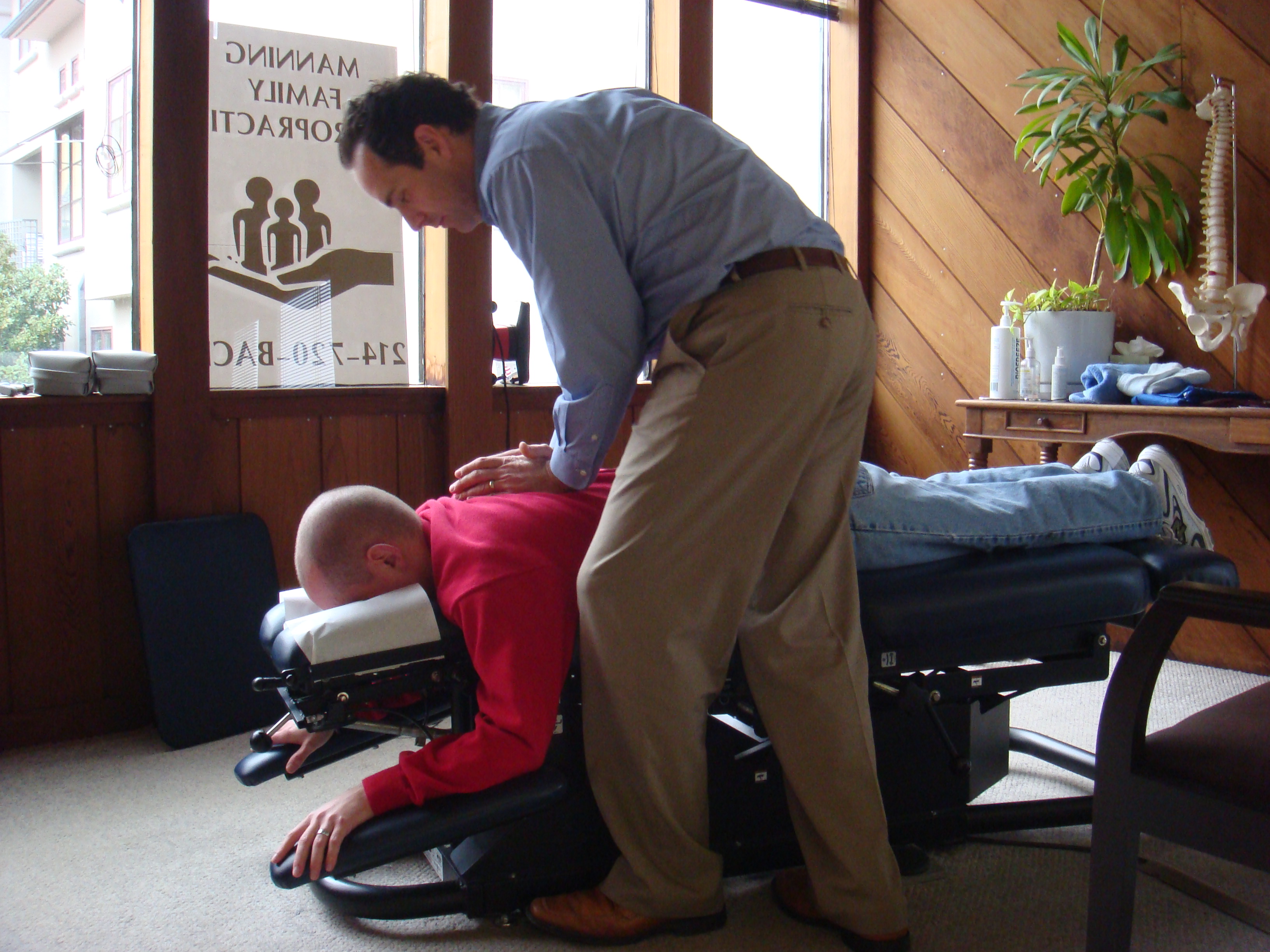 Newly published research reinforces our belief at Manning Wellness Clinic that Chiropractic is often the most effective, least invasive and least costly treatment for lower back pain.
Newly published research reinforces our belief at Manning Wellness Clinic that Chiropractic is often the most effective, least invasive and least costly treatment for lower back pain.
Chiropractic Patients Less Likely to Undergo Lumbar Surgery
New Studies Support the Chiropractic Profession’s Conservative Approach to Health
Arlington, VA.—A recent study in the medical journal Spine found a strong association between chiropractic care and the avoidance of lumbar spine surgery. Manning Wellness Clinic and The American Chiropractic Association are encouraged by this and other recent research supporting chiropractic’s conservative, less costly approach to low-back pain.
Key findings of the Spine study show that:
• Patients under age 35, women, Hispanics and patients whose first provider was a chiropractic physician had reduced odds of lumbar spine surgery
• Approximately 43 percent of patients who saw a surgeon first had surgery
• Only 1.5 percent of those who saw a chiropractic physician first ended up having surgery
Two additional studies reinforce ACA’s longstanding position that health care providers should start with conservative approaches to treatment, such as the services provided by doctors of chiropractic, before guiding their patients to less conservative alternatives. Such an approach benefits patients and cuts health care spending—especially for a condition as common as low-back pain.
Dr. Jeff Manning with Manning Wellness Clinic in Dallas says, “I can’t even begin to count the number of my patients who, by receiving regular chiropractic adjustments, were able to completely avoid surgery and all of the risks associated with it. I always tell patients to exhaust every non-invasive option before heading under the knife. That’s not to say that there are many instances when surgery is necessary, but there are many, many more times when it can be avoided.”
A recent study in Medical Care found that adjusted annual medical costs among complementary and alternative medicine (CAM) users was $424 lower for spine-related costs, and $796 lower for total health care cost than among non-CAM users. Furthermore, CAM treatments were cost neutral to health care systems, meaning that CAM users did not add to the overall medical spending in a nationally representative sample of patients with neck and back problems.
Published in The Lancet, “The Global Burden of Disease 2010,” authored by an international group of experts assessing the world’s biggest health challenges, underscores the need for better solutions to back pain and other musculoskeletal conditions. The massive survey indicates that while people may be living longer they are doing so more frequently with disability. The study identifies musculoskeletal conditions as the second leading cause of disability, and cites low-back pain as one of the major contributors to disability worldwide. GBD authors noted that creating effective and affordable strategies to deal with the rising burden of non-fatal health outcomes should be an urgent priority for health care providers around the world.
“As governments and health systems around the globe search for answers to complicated health challenges such as rising numbers of chronically ill and disabled patients and runaway costs, research is finally demonstrating what the chiropractic profession has promoted for years: that caring for patients with conservative treatments first, before moving on to less conservative options or unnecessary drugs and surgery, is a sensible and cost-effective strategy,” said ACA President Keith Overland, DC.


